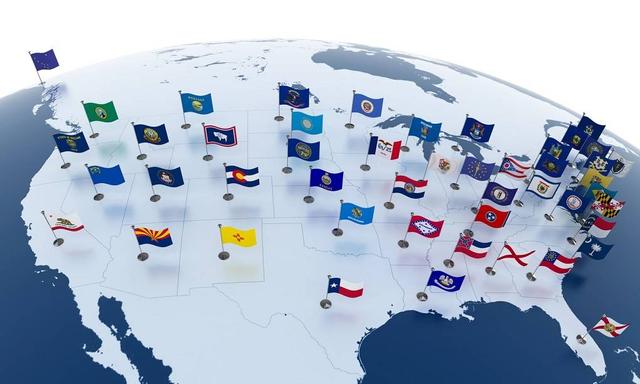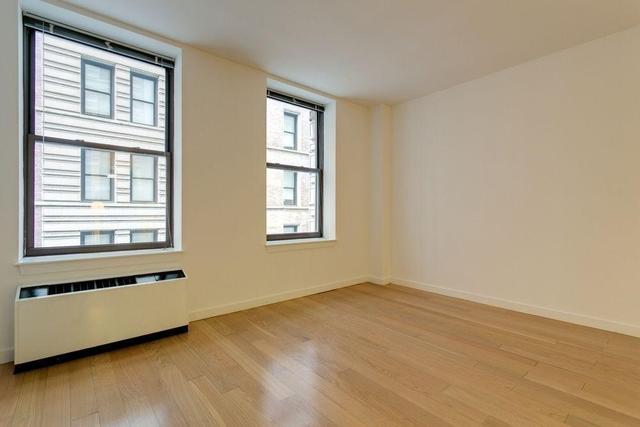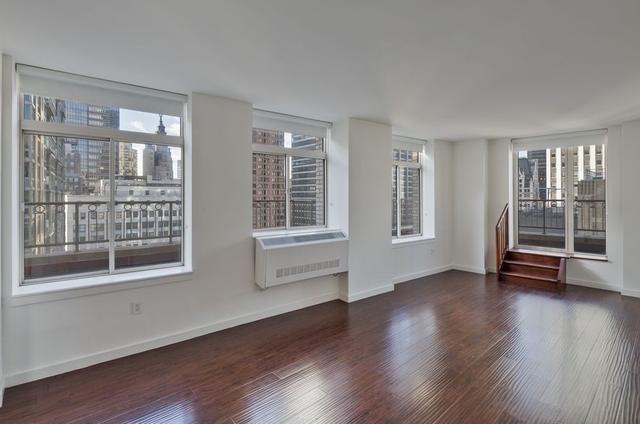
USDA Loans New York: Best Mortgage for Rural Areas?
By: ROS Team
There are many ways to finance a property in the United States. The most popular way is to get a conventional loan that conforms to the loan characteristics outlined by Fannie Mae and Freddie Mac. Even though it is the most popular way, it does not make it the best for everyone. Depending on your financial situation, credit history, and personal objectives. You might be better off looking for a loan other than a conventional one. If you are planning to buy a house in a rural area of the US. You should consider a government-backed mortgage called a USDA loan.
A USDA mortgage loan is backed by the US Department of Agriculture, and it provides an opportunity to purchase a primary residence in a rural area of the United States with no minimum down payment and credit score requirements. This is a great opportunity to purchase a property without spending a lot on upfront costs. However, there are some requirements that a borrower must meet before applying for a loan. The following list provides the most important requirements a borrower must meet to be eligible for the loan:
-
Income
Income is another important eligibility requirement that a borrower must meet before applying for a loan. Unlike conventional loans, there is no minimum income requirement for USDA loans New York. Instead, USDA loans are targeting lower-income households, so there is a maximum income limit associated with it. The maximum limit a household must not surpass to be eligible for the loan is 115% of the national or state median income. More specific information about median household income in each state can be found on the USDA website.
-
Debt Requirement
Even though there is no certain limit on the minimum income a household must have to be eligible to purchase a property. A borrower might not be eligible for this loan if their income is too low to meet the debt requirement. A borrower must have a debt-to-income (DTI) ratio of no more than 43% including the mortgage payments. This means that a borrower must have enough income to cover their down payment and have enough money for living expenses. It is important to note that DTI also accounts for any other loan payments a borrower may have such as credit card payments, car loans, and even student loans.
-
Location
A borrower must choose a property that is located in an area that is designated by the USDA as eligible. This means that not every location will qualify for this type of loan because it is open to rural areas. As a rule of thumb, an area with a population of less than 20,000 should qualify with rare exceptions. If you would like to know what areas qualify exactly, a USDA Eligibility Map can help you understand where you can finance a house with this loan.
-
Type of Residence
This loan might sound like a good deal to purchase an investment property, but it is not quite possible. USDA loans New York have a clear requirement stating that the property must be used as a primary residence. So a borrower must live there for a certain period and use it as a primary residence. Any other use of this property, such as a secondary residence, a summer house, or an investment property, is considered a fraud and can be heavily penalized.
Types of USDA Loans
There are three programs available by the US Department of Agriculture, and they all fall under the umbrella of USDA mortgage loan. The first two loan programs are used to issue a mortgage loan for purchasing a property while the other is used to help the borrowers to repair and improve their existing house. Depending on the program, the eligibility criteria and the cost of the loan may change.
-
Direct Loan
This program is the most basic and straightforward way to receive a loan directly from the US Department of Agriculture. In this program allows the loans to be issued directly by the USDA while other programs may require lenders. Such as banks and credit unions, to be involved. This program allows USDA officials to look at the borrower’s situation directly case by case. Because of that, it is often possible to adjust the household income by deducting childcare and medical expenses.
-
USDA Loan Guarantees
This program allows lenders to issue USDA loans NY as listed here that are then insured by the US Department of Agriculture. The process of getting the loan through this program is similar to receiving a conventional loan with the exception that not every lender issued USDA loans. You may have to do some research about what lenders provide USDA loans. But it should not be too difficult as many lenders are providing this service across the country.
-
Home Improvement Loan
Unlike the two programs described above, a Home Improvement Loan is not issued to purchase a house. Instead, it is issued to renovate and improve the existing house. It is also for low-income households to improve their house and for elderly people. Who need to remove safety and health hazards that might be present on their property. To qualify for this loan, a household’s adjusted income must be less than 50% of the median income in the area where a property is located. In addition to that, the maximum home improvement loan amount is $20,000 with a maximum loan grant of $7,500.
When Should I Get a USDA Loan?
Depending on your circumstances, some loans may work for you better than others. If you are not looking to purchase a house in a rural area. Then you should consider a conventional or an FHA loan. On the other hand, if you are looking to buy a property in a rural area. Then you have a choice between 3 distinct loan types: Conventional, FHA, and USDA.
Conventional loans are the most popular types because it is simply the easiest to get for an average person. It requires at least a 20% down payment to avoid paying for private mortgage insurance, and even with private mortgage insurance. The minimum down payment required for any conventional loan is 3%. When it comes to the cost of the loan.
You should expect to pay 3% to 6% in closing costs and your interest rate will largely depend on your risk factors such as credit score, debt-to-income ratio, loan-to-value ratio, etc. With a conventional loan, you can also get a choice for the maturity length of your mortgage that usually ranges from 10 years to 30 years. This loan can be used to purchase any property type such as primary residence, secondary residence, and investment property.
FHA loans are backed by the Federal Housing Administration, which is a part of the U.S. Department of Housing and Urban Development. They provide low-cost mortgages for individuals to purchase their primary residence. Similar to conventional loans, FHA loans require a 20% down payment to avoid mortgage insurance premiums. But the absolute minimum down payment allowed for these loans is 3.5%.
The closing costs for this loan total 2% to 6% of the loan amount while the interest rate tends to be lower than the interest rate for conventional loans because it is backed by the government. The maturity length for this loan is set at either 15 years or 30 years with an ability for a borrower to choose. Lastly, this loan may be used only for primary residence purchases.
USDA loans are more location-specific, and it is extremely important because many people who are looking to buy a property in large cities will not be able to do so with this loan. To incentivize people to get this loan, it provides low-cost financing with somewhat low requirements. If you qualify for this loan, you can purchase a property with as low as 0% down payment. Which cannot be down with FHA or conventional loans.
The closing cost for a USDA loan ranges from 3% to 6% which usually includes an upfront guarantee fee of 1%. The guarantee fee is a USDA loan-specific mortgage insurance premium that is paid upfront. The highest interest rate charged for USDA loans is 3.25% as of April 2020. This interest rate is subject to change over time. The USDA loan maturity length must be 30 years, and the borrower does not have too much choice in it. Just like FHA loans, USDA loans may only be used for a primary residence.
All three loans have their pros and cons, and some can be cheaper than others depending on your risk level and down payment. If you are looking to buy a house in a rural area of the US. You should check whether you qualify for each of the three loans and compare the terms between them. Buying a house is a large investment for most people, and understanding all options available to you will allow you to make a better decision that will pay off in the long term.








